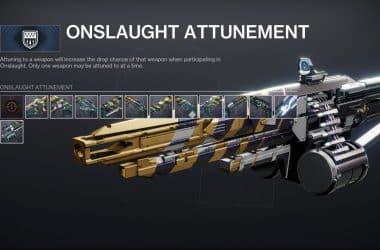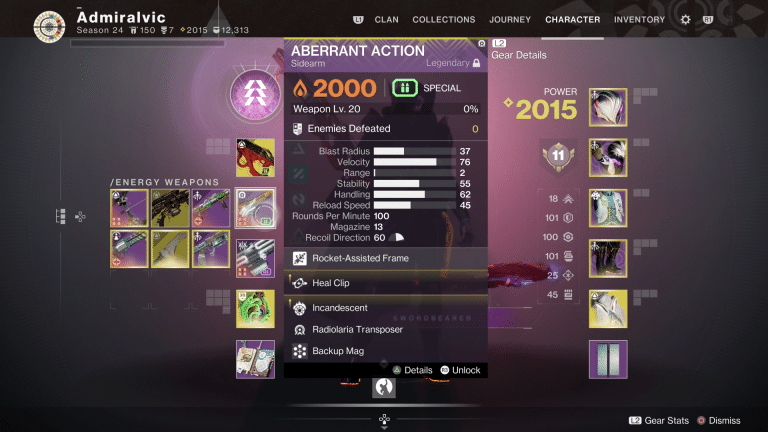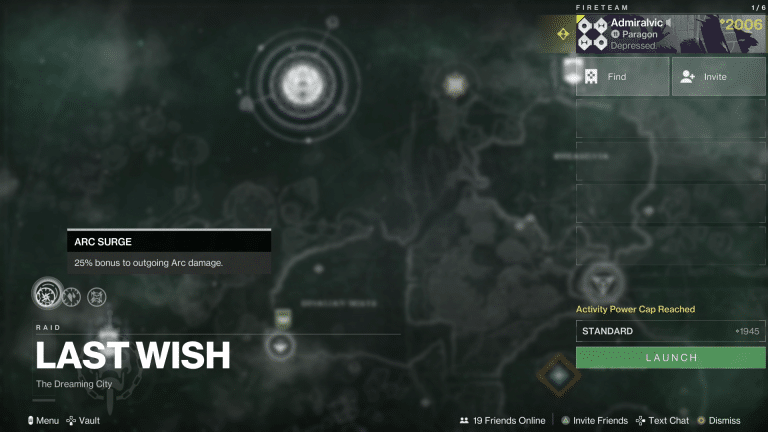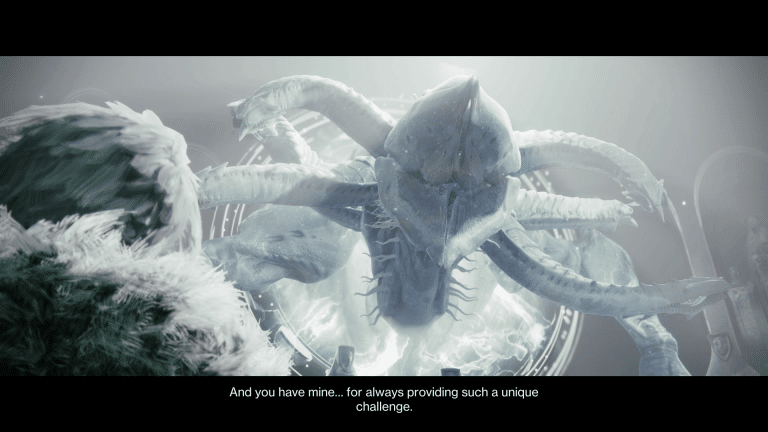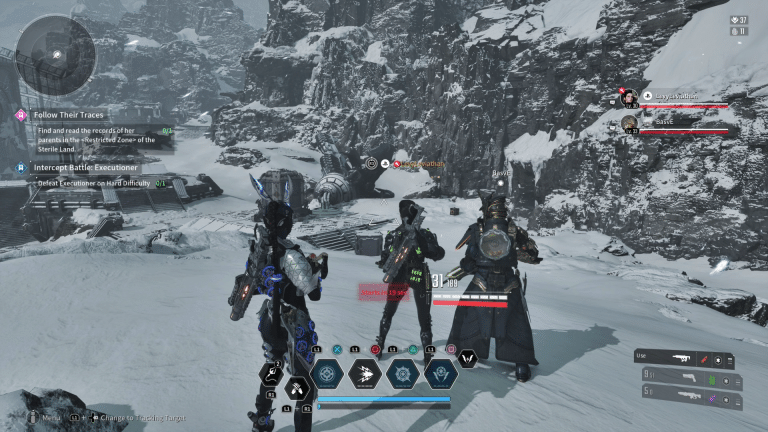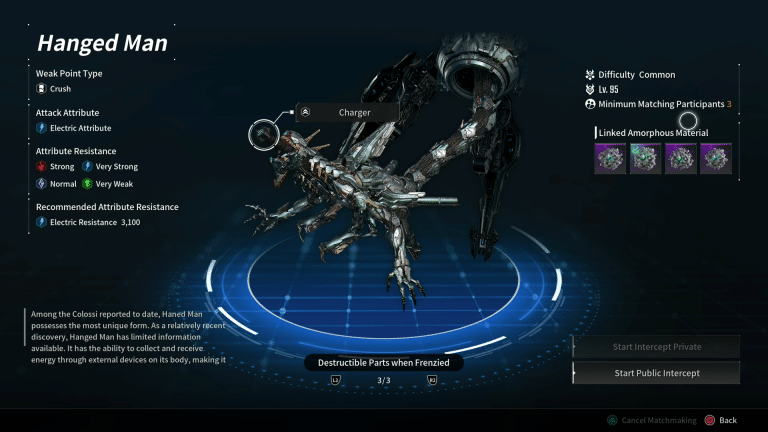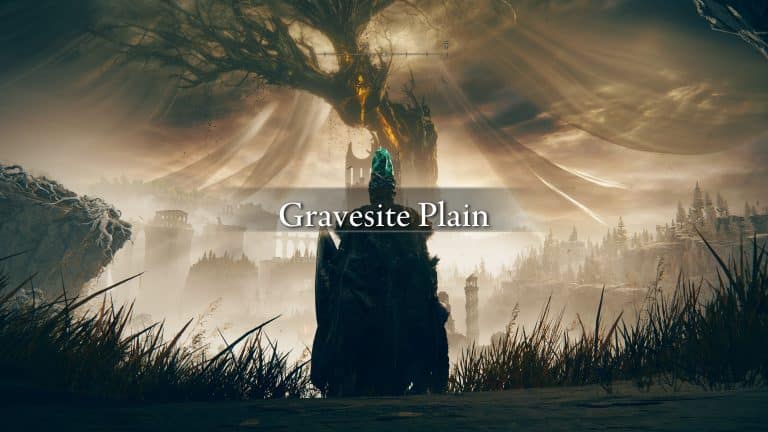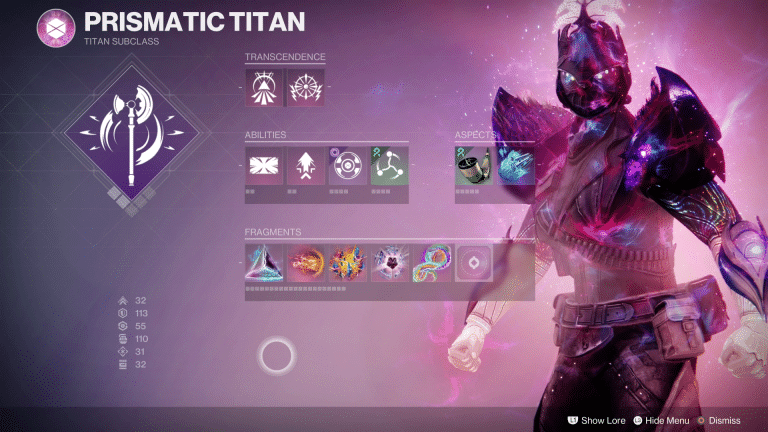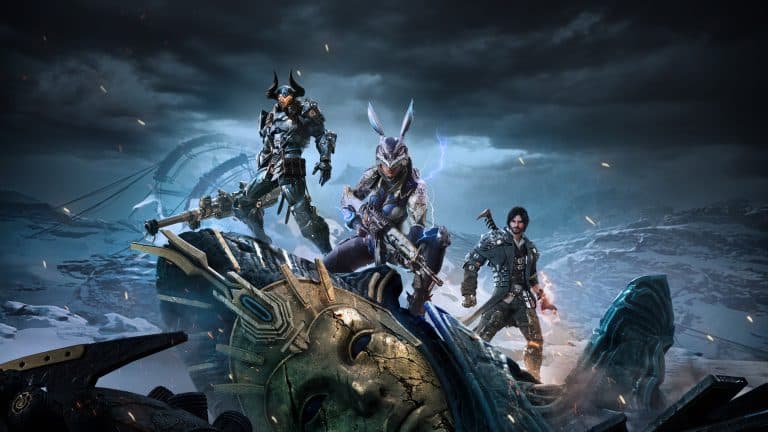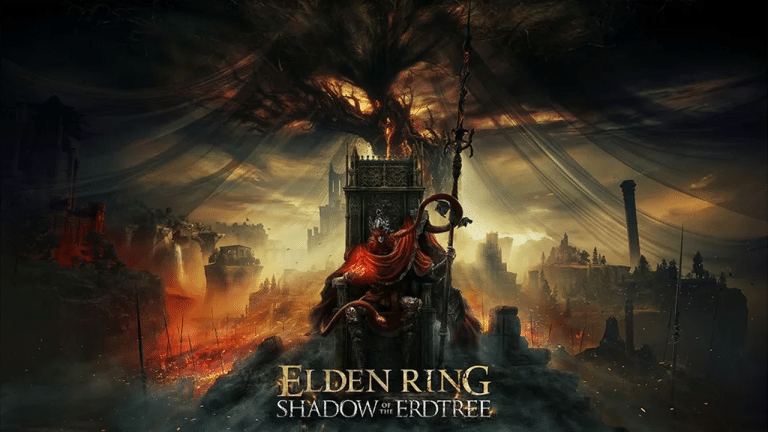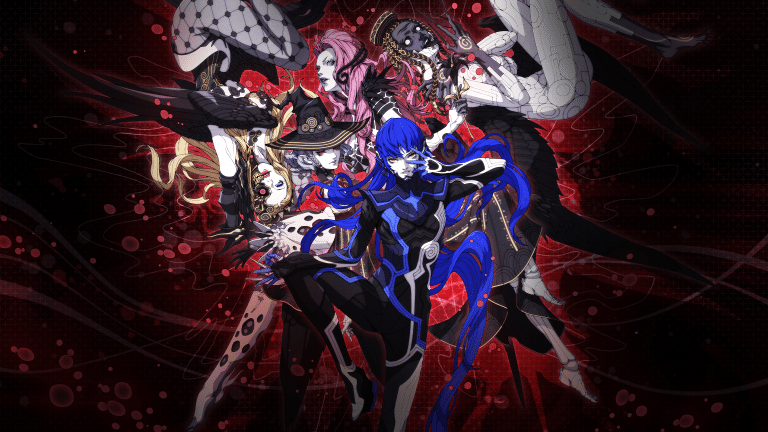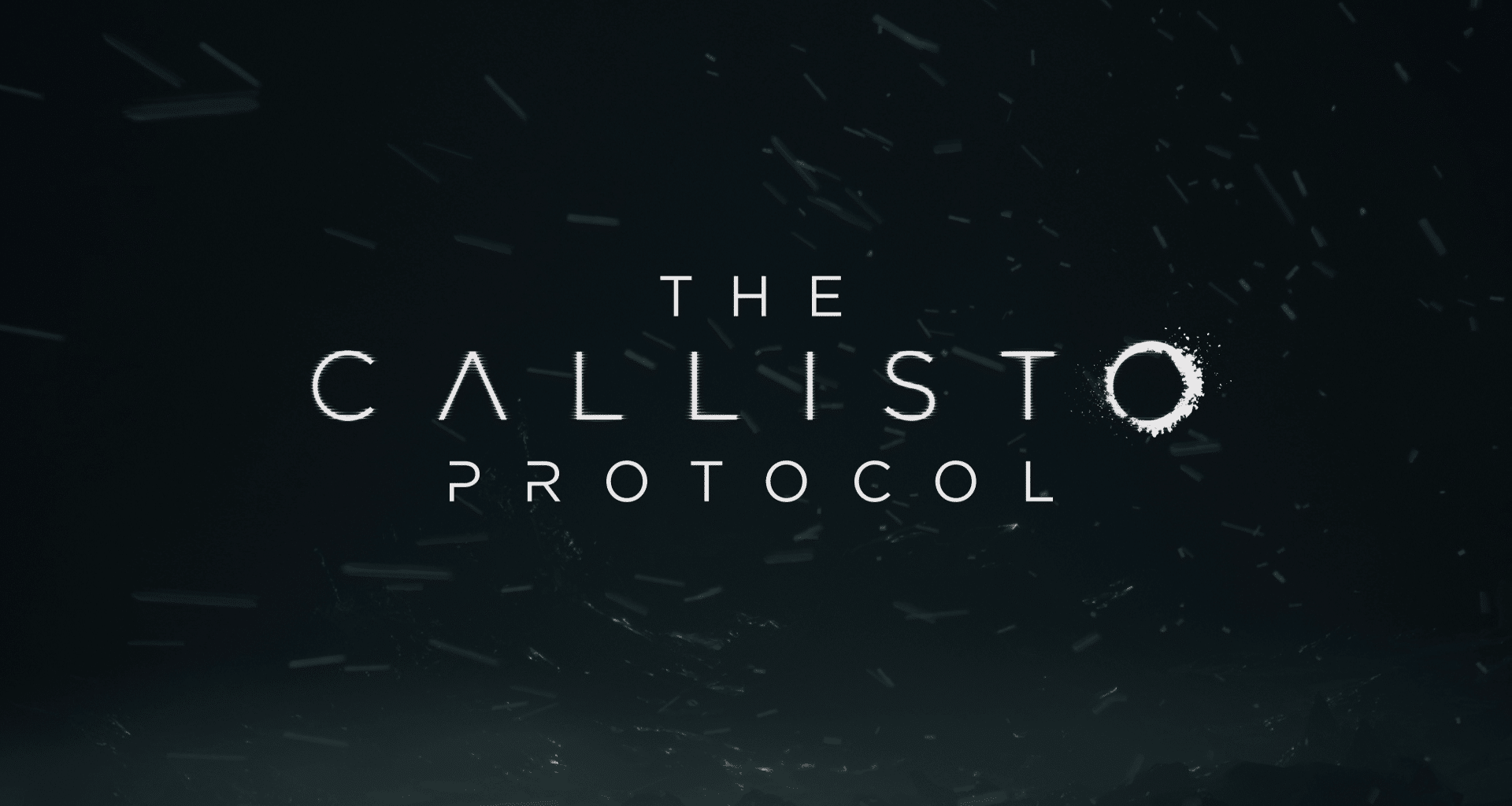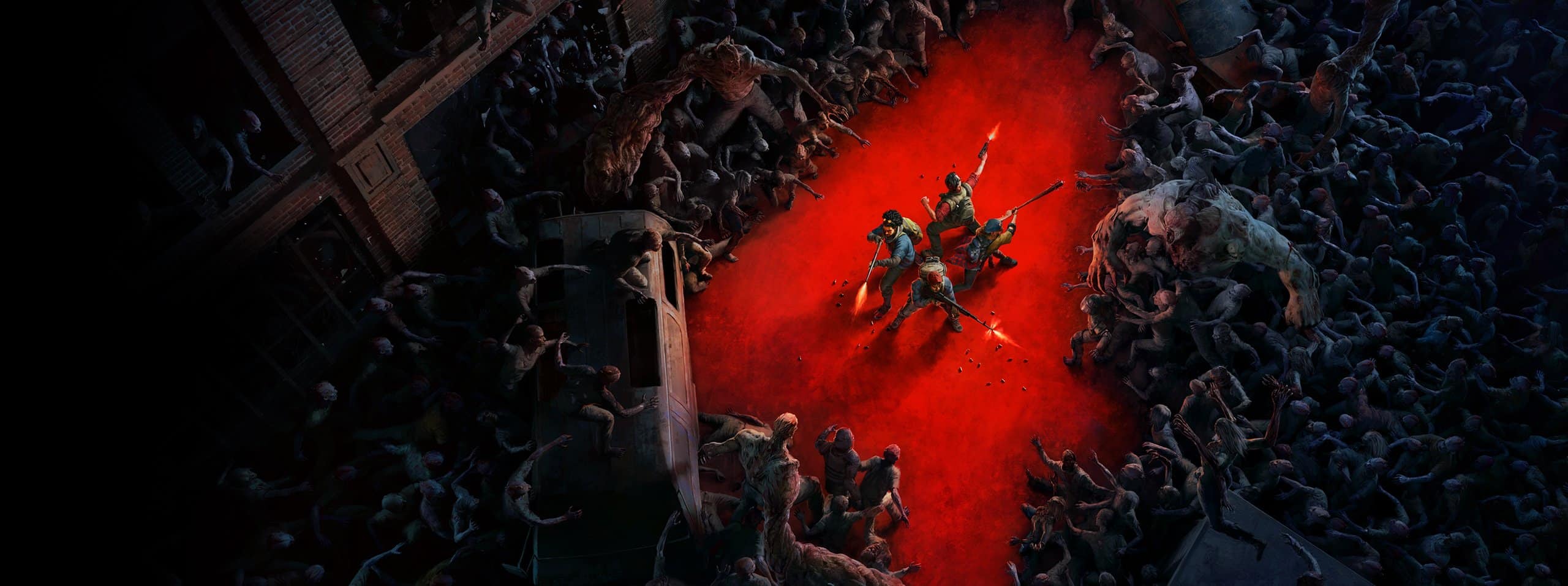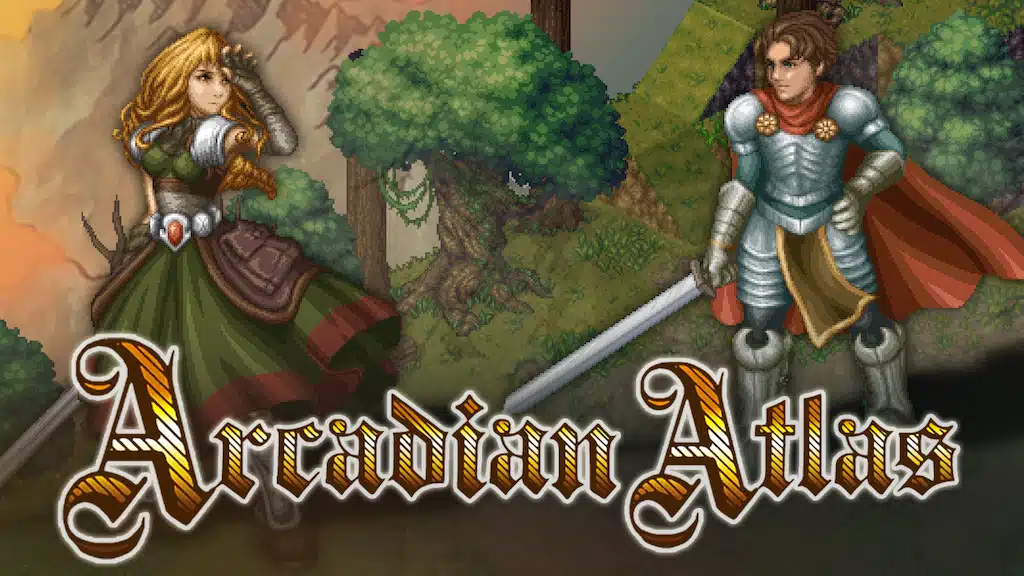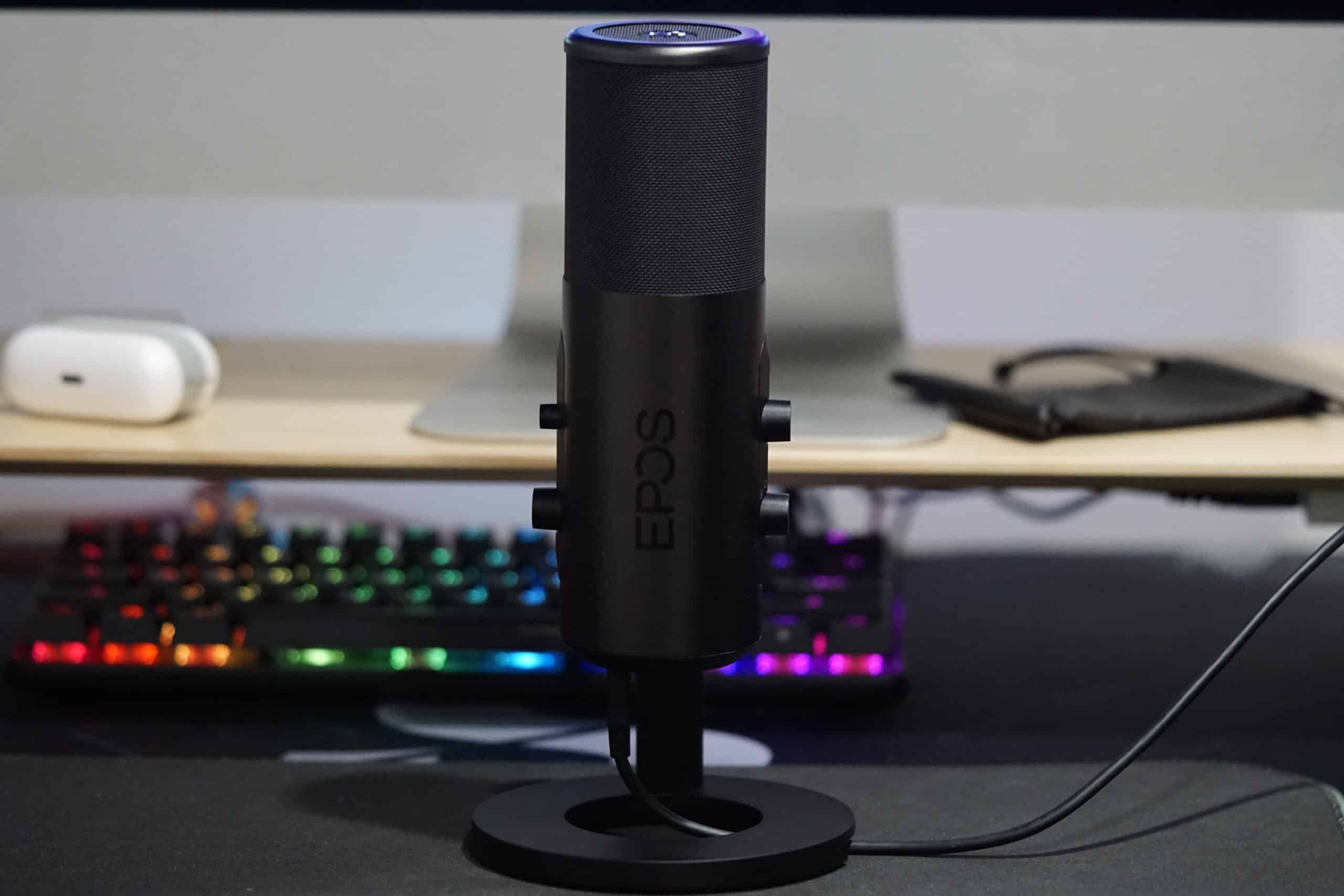There is no denying The Callisto Protocol is one of the most desired releases for 2022. Taking a page from beloved titles like Dead Space, The Callisto Protocol hoped to bring that experience to the next level. Early glimpses showed brutal deaths, and terrifying locations, with enough details to leave players hopeful. Given this year has seen so many divisive titles, can The Callisto Protocol beat expectations, or is it one last disappointment to close out the yet?
This adventure begins with a brief introduction to the world and setting. Players control Jacob, a pilot who was jailed on Callisto following a terrorist group hijacking a ship he was piloting. Before he can resolve his situation, things go south forcing him to work with other inmates to escape the horrors found on Callisto.
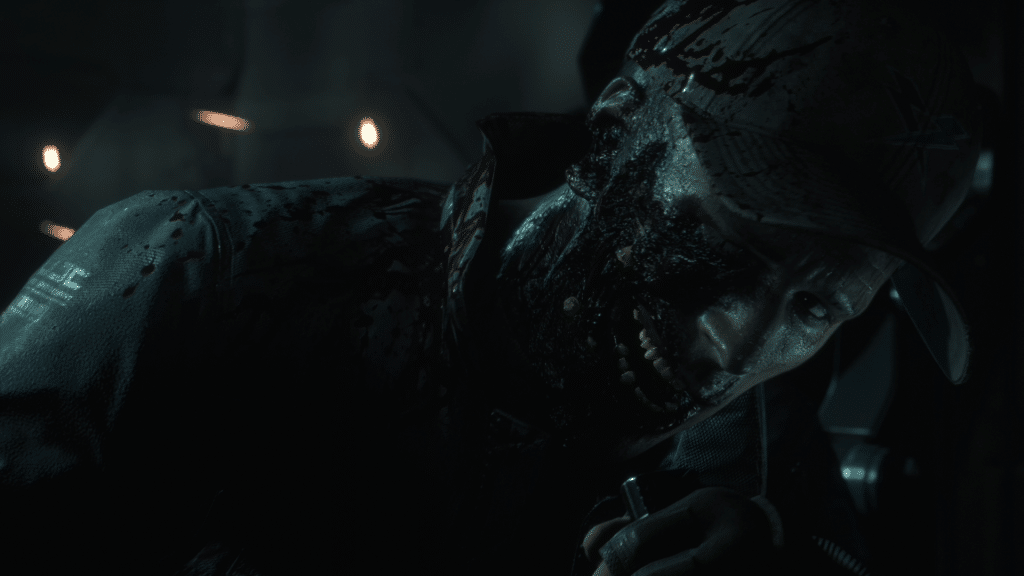
Some of the Visuals are Frightening
At first glance, The Callisto Protocol is reminiscent of classic movies like Alien. However, as more information is revealed about the world, it starts to feel more like Dead Space. Without revealing too much, several plot points are present with slight modifications. This doesn’t ruin the experience, per se, it just makes the whole experience feel more derivative than it needed to be. A common problem that can be seen with gameplay as well.
Instead of focusing on ranged combat, The Callisto Protocol asks players to largely brawl their way through various threats. It’s an interesting choice that is divisive, to say the least. Part of the problem is how it’s explained. The image below is basically the dodge tutorial. While it offers helpful information, I think the last two lines on the left side cause more confusion than there needs to be.
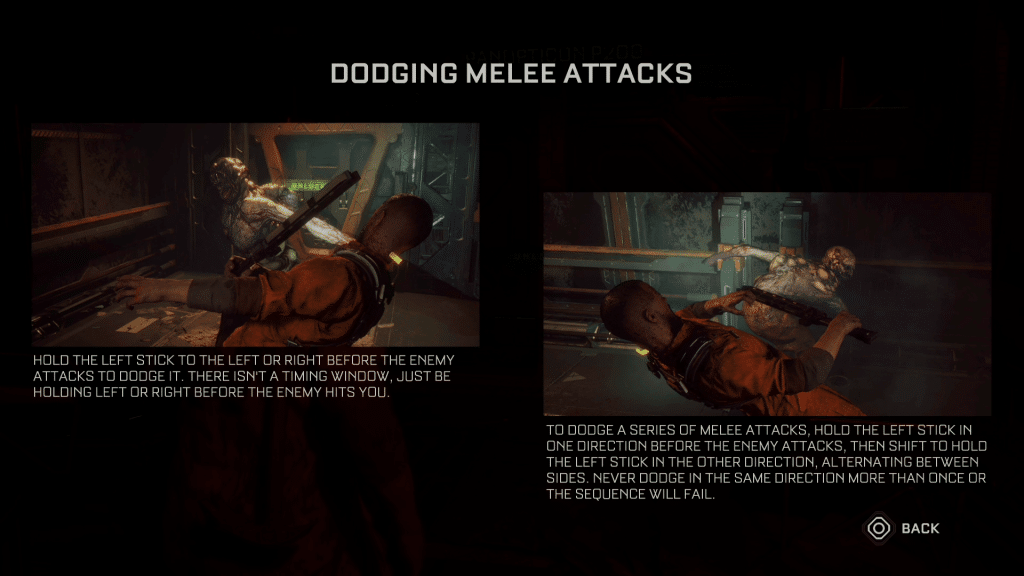
Read Every Tutorial
Traditionally, players are expected to dodge moments before impact. Every game views that moment a little differently, with Bayonetta 3 being more forgiving, and Gungrave G.O.R.E expecting near perfection. Despite dodging long before the point of impact, players will see Jacob unsuccessfully dodge. This moment is one of those small touches that makes me appreciate modern gaming, though it’s easy to mistake this for an issue with The Callisto Protocol. The actual window is almost immediately after the enemy starts to attack. I honestly got perfect dodges, a somewhat unexplained mechanic where quickly entering the input at the right moment slows time down, by inputting the command when an enemy was running towards me, instead of moments before taking a fierce backhanded slap.
Surprisingly, combat is shockingly simple once you realize what a lack of timing window means. Since there is no specific moment to dodge, Jacob can be in a perpetual state of dodge. Almost like Goku’s Ultra Instinct. All players need to do is find an enemy, pick a direction, wait for the attack, swap directions, see if there is a follow-up, and then perform their combo. Unfortunately, since things are so predictable, it removes tension from every encounter. The Callisto Protocol tries to avoid this in a variety of different ways that have varying impacts on the experience.

This starts by giving enemies a block, which immediately ends your damage phase. It’s a cool touch that means nothing if you’re ready to dodge, and don’t attack. Over time it can become annoying, as enemies have a rather large health pool, and multiple blocks turn a five-dodge fight into 12 dodges one. Since there is a melee upgrade that eliminates this mechanic, it eventually becomes irrelevant as well. Around that point, enemies gain the ability to evolve, increasing their health, and damage. Players can prevent this by shooting the tentacles that appear from their body, or just killing them faster.
In addition to mechanics, several encounters are designed with this in mind. It’s incredibly common for enemies to appear in groups, out of nowhere, or attack when you’re most vulnerable. Since The Callisto Protocol uses these mechanics frequently, they eventually lose their shock value. When you’re expecting an enemy to appear from the floor, behind you, the second you get off a ladder, or whatever other inopportune moment they decide to pick, it turns these jump scares tedious. This design choice is also one of the things that significantly impact the horror experience.
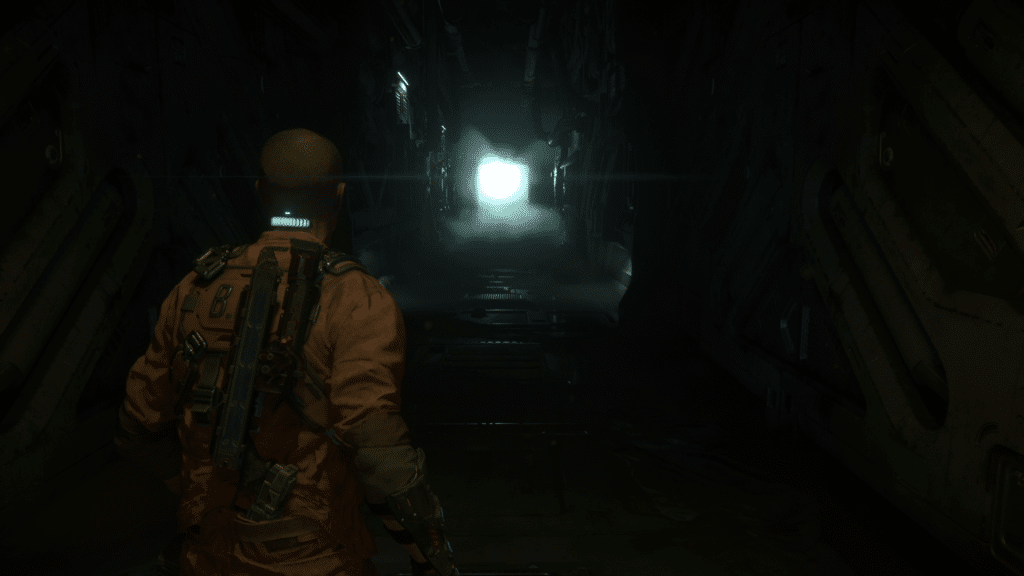
Don’t Worry! Four Enemies are Waiting for You
Instead of using your senses and expectations against you, The Callisto Protocol makes almost every room an encounter. It moves the question from if to when often taking away from the moment. I was never surprised by enemies appearing in a smokey room, any large area, out of nowhere, jumping through glass, rushing out of a burning room, or any other situation because they happened so frequently. The lack of finesse is unfortunate, as there is a good foundation. Several rooms feel off, capture that eerie vibe, or reinforce how bad Jacob’s situation is.
These elements are further enhanced by making use of various DualSense features if used on a PC. For example, the slight touch of haptic feedback makes Jacob’s journey feel a bit more personal. Communications also come through the controller, invoking the feeling they’re talking to you, over the character. In a horror game like this, it’s the little touches that make a difference. Unfortunately, the aforementioned choices hold these back, but they’re still nice to see.
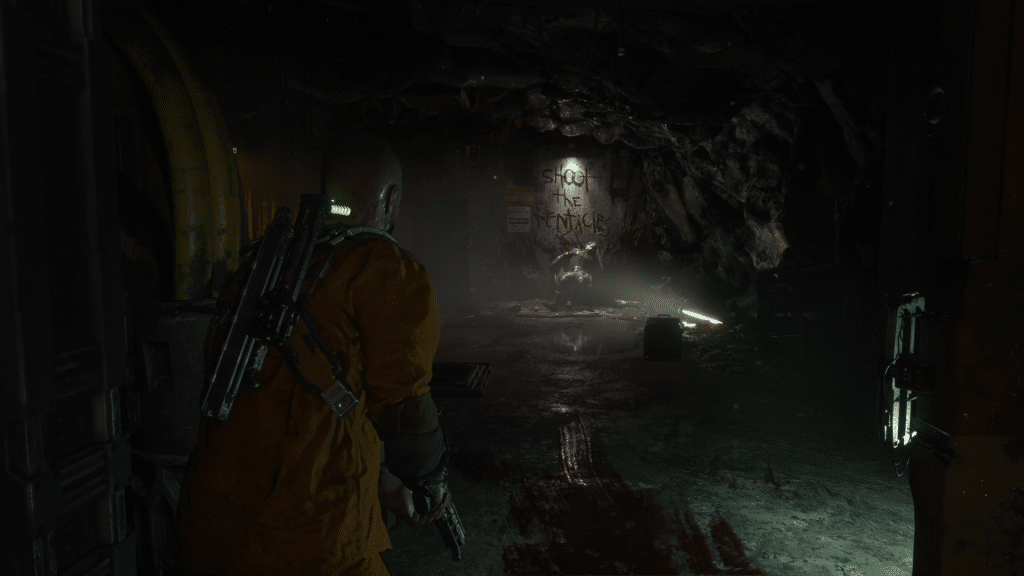
I Wonder When this Message will be Relevant…
Beyond combat, the level design is in a really weird place. At times it feels like Striking Distance Studios is aware the mechanics are cheap, resulting in frequent resupplies. Rooms with frequent encounters have one or more health items, and various types of ammo, yet rarely include environmental hazards. Even progression often highlights the linear nature.
Most levels are either straight shots forward, or feature a loop around. When they loop, you might enter a vent, move forward, go through a door, find a corpse, obtain a key, open the door, and now you’re back in the starting area with the key needed to open the other path available. Other common rooms include squeezing between pipes, narrow walkways, or large rooms with nothing to see. When everything directs you to move in a specific direction, often with no options when you reach the destination, it feels far more linear than a wide number of games that do more to mask the linear nature.
The Callisto Protocol Review Verdict
The Callisto Protocol : Simply put, The Callisto Protocol has a good foundation that is held back by multiple poor choices. It's a horror game that feels uninspired and misunderstands the genre. Survival horror is largely about resource management, dealing with paranoia, and trying to use limited supplies to overcome impossible odds. Here you have a painfully easy combat system, an abundance of supplies, and an experience that feels increasingly tedious. If you do experience The Callisto Protocol, I strongly suggest playing on minimum security (easy). Not because it's hard, it really isn't, I just imagine reduced enemy health makes things feel less tedious, giving a more favorable impression in the end. – jbl316
[Editor’s Note: The Callisto Protocol was reviewed on PS5 and a copy was provided to us for review purposes.]





